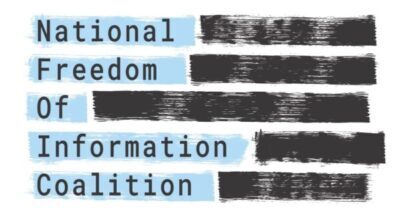When President Barack Obama signed the Open Data Executive Order last May, many IT leaders applauded the White House's decision to release treasure troves of public data as part of an important government initiative for greater transparency.
However, what many didn't bargain for was the state in which they'd find these once-buried data sets. "A dog's breakfast," "a train wreck," "a massive hairball" — those are a few of the terms IT leaders have used to describe the vast volumes of public data now being made available to the general public.
Yet the business opportunities are unprecedented — open data offers bits and bytes of public information that are freely available for anyone to use to build new businesses, generate revenue, develop new products, conduct research or empower consumers. With the federal government as the single largest source of open data in the U.S., we now have unfettered access to information about everything from bus routes and pollution levels to SEC filings and weather patterns. Savvy businesses are using public data to predict consumer behavior, shape marketing campaigns, develop life-saving medications, evaluate home properties, even rate retirement plans. Continue>>>
======
